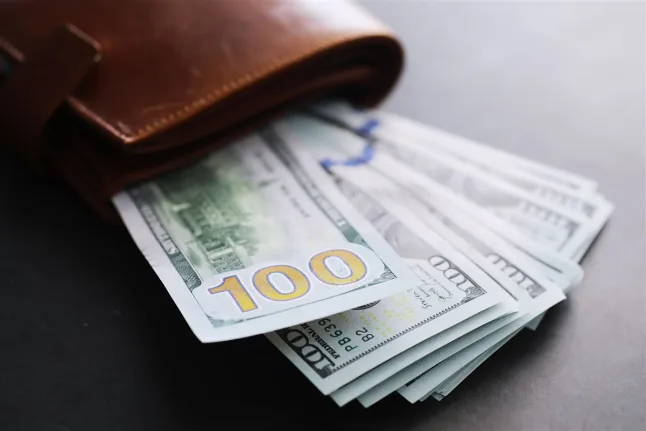How Much Should an Engagement Ring Cost | Rare Carat
How much should be spent on an engagement ring is probably the most important question you will ever ask… or maybe it’s not but it is definitely a good one! Engagement rings, and especially diamond engagement rings, have such a wide price range that it can be confusing to know where to even start (cue my intro music). I am going to break down the costly rumors, discuss what the average person actually spends, and then finish up with some helpful tips on how to get the most out of your budget! Truly though, don’t stress the price too much because in the grand scheme of things - all diamonds are unquestionably beautiful, no matter the size, shape, color, or cost.
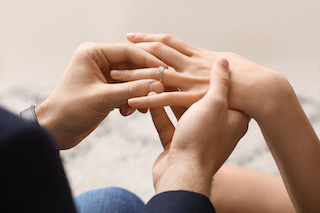
The Rumor Is…
Long ago, and I can’t remember where or when I first heard this (so must be legit right?), I was told 3 months of your salary is what is expected to be spent on an engagement ring. Most of my friends have heard the same 3 month rule so I have declared this to be the rumored standard. In more of an official capacity, I’m pretty sure this buzz was cooked up by some diamond executives who wanted to establish a high bar for the diamond engagement ring (which was clearly a success). If this 3 month rule has caught your interest, and if you feel good about it, then you know how much the perfect ring will cost you!
Average Amount Spent
In reality, and I’m talking about the average individual here, not some mega tycoon type person, most of us regular people are spending around $3,700. This statistic comes straight from Google because Google knows everything (plus I was curious what it would say). But I did also ask around to some of my friends who are very familiar with the engagement ring world for a more real time answer and they told me around $6,000 is typical. So, for us today, let’s meet in the middle and say the average person, in America, spends around $4,800 or so. Side note - if you do happen to be a mega successful tycoon, I would refer you to the 3 month rule because that would be ridiculously, impressively amazing.
Tips and Tricks for Budget
In general, a diamond is priced on its size and quality, which is established by the 4 C’s; clarity, cut, color, and carat weight. A large, flawless, colorless, excellent cut diamond is like the tip top of the diamond food chain where no other diamonds compare. What if you could have a diamond that pretty much looked like these perfect stones but costs significantly less?! Knowing how to manipulate the specifics of the 4 Cs will be extremely helpful in getting the most out of your budget. With that said, these are the 3 best tips I’ve got for you…
Carat Weight
Carat weight will always increase the value of the diamond because bigger diamonds are rarer than smaller diamonds (this is also true of diamonds that are flawless and colorless). The trick with carat weight is to look at sizes slightly smaller than the “magic number” weight. For instance - instead of 1 carat diamond, look at a .97 or .98. carat, or a 1.48 carat stone instead of 1.50 carats. These sizes look the same on the finger but there can definitely be a noticeable price difference between them.
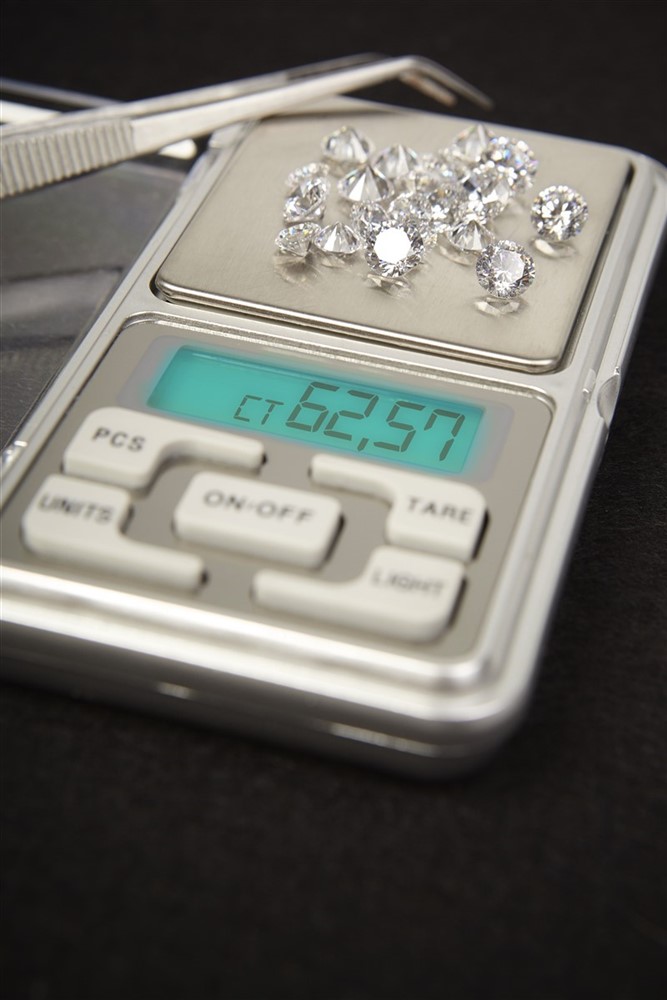
Color
Next up is color, where colorless graded diamonds are fantastic, they aren't necessary. In fact, the color scale ranges from D-Z with D-E-F technically being the colorless stones, but most people can’t even see color until the L-M range. This is where your best value will be found for colorless diamonds. Even further, if you happen to have wanted a yellow tinted diamond anyways, then you can keep going lower on the color scale until you find exactly what you want! This would be a win-win scenario since the lower the color grade, the more affordable the diamond tends to be.
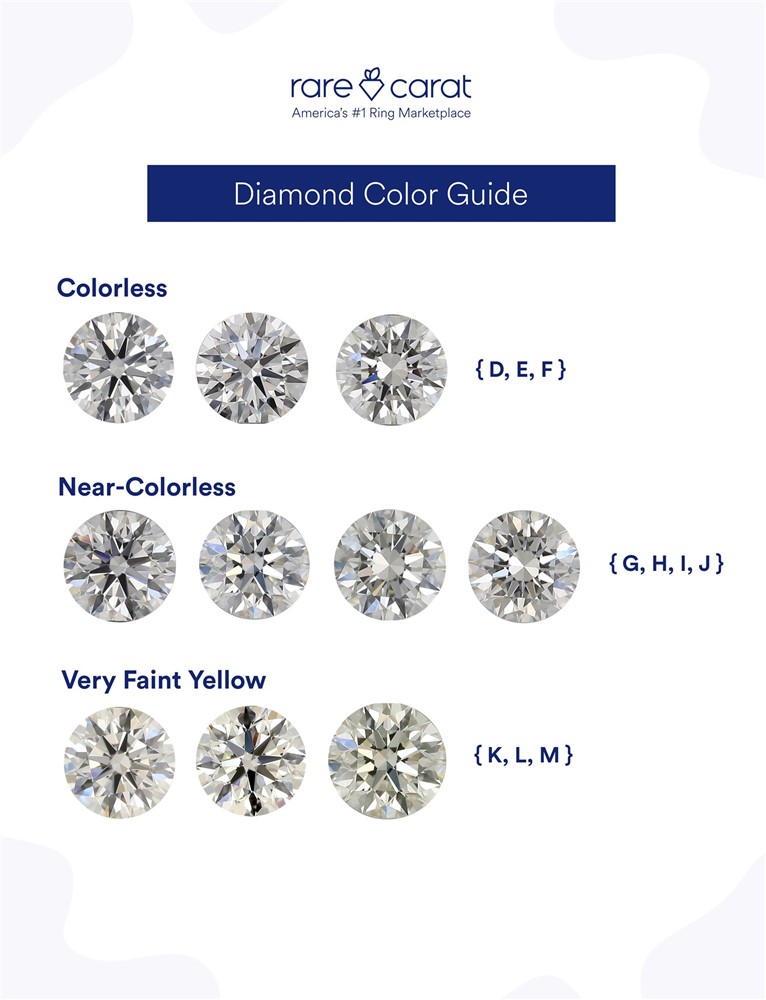
Clarity
Last but not least, clarity is also a place where price can fluctuate dramatically, and often for clarity characteristics you can’t even see. The sweet spot on the clarity scale is around the SI1 grade. The SI graded diamonds will be priced based on their bigger inclusions, but most of these clarity characteristics still aren’t large or dramatic enough to be seen without magnification (usually). If you can’t see them, then they pretty much don’t exist, amiright?
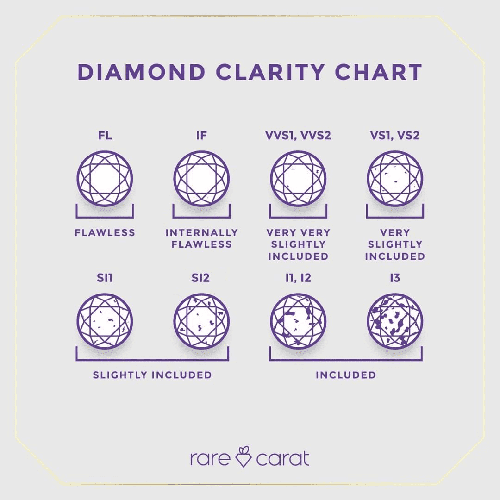
Diamond engagement rings can cost a lot of money if you are willing to spend it. Really, the most important factor when deciding how much to pay for an engagement ring will be you, and your budget. You can absolutely find something beautiful at every price point so don’t feel any pressure to go above what you think is feasible. Rings aren’t meant to be compared anyways because ultimately it isn’t about the price of the ring - the ring is purely a symbol of the love and commitment you two have together… and that is the true beauty of it all.
